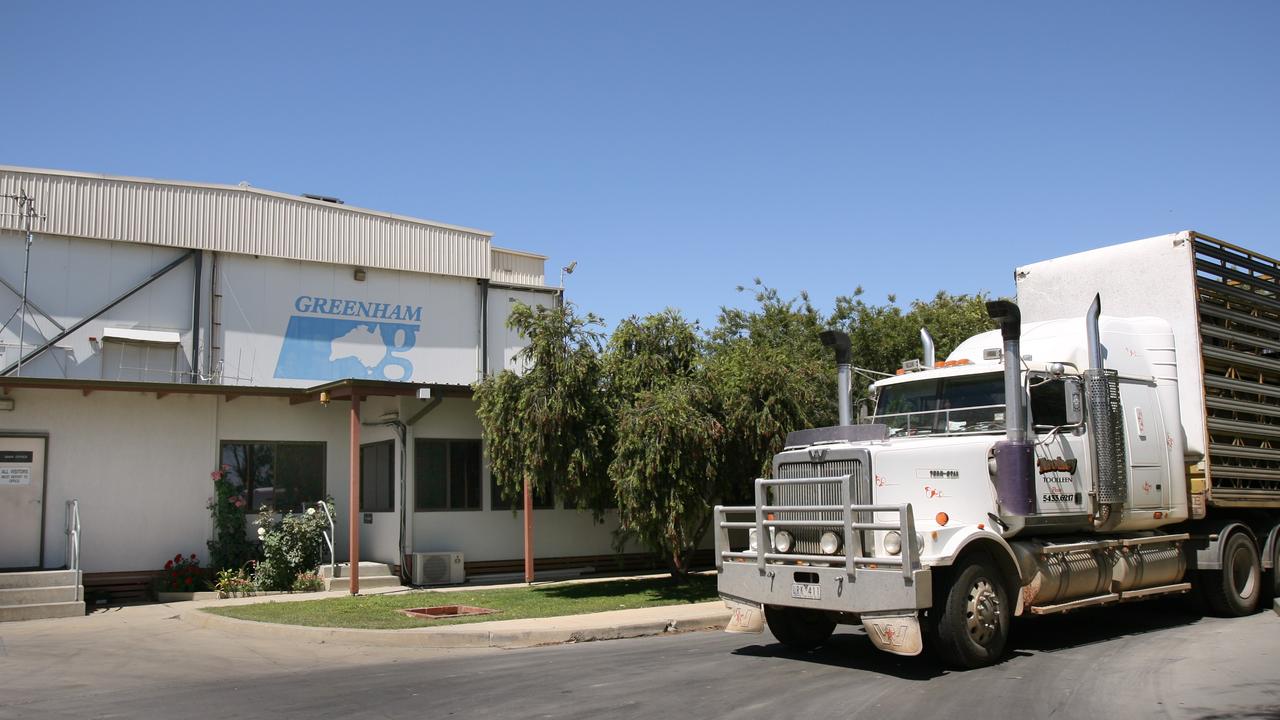Mutton closes price gap with lamb
Export demand for mutton in US and China holds strong, and brings prices only 17 per cent lower than lamb.

THE more favourable supply and demand factors behind the sheep market have narrowed the price gap between lamb and mutton to record low levels.
Earlier this month the difference in carcass price terms between heavy slaughter lambs and mutton dropped to just 90 cents per kilogram, and that was based on official saleyard averages.
If individual auctions were isolated out there has been cases of good Merino mutton hitting 700c/kg carcass weight against heavy processing lambs at a ballpark of 730c/kg.
The graph below shows how the trend line between lamb and sheep has been unusually tight this season compared to the long-term trend.

An analysis by Meat and Livestock Australia found that the gap between lamb and mutton prices went as low as 17 per cent this month, against the five-year average of 32 per cent.
It was, MLA said, another record breaking moment in a year that is rewriting industry norms.
“It is the closest the respective lamb and mutton price indicators have been on record,’’ MLA reported.
Sheep supply is obviously a key component of the trend as restockers withhold ewes to begin flock rebuilding in the boom season.
While producers would be well aware of the sheep shortage, it is still interesting to note the significant declines on slaughter levels compared to a year ago.
The following figures are the state breakdown for sheep slaughter for the second week of November, which is when numbers traditionally peak as ewes are sold after lamb sales and shearing.
There were 46,492 processed in NSW, down 38 per cent on a year ago; 37,358 sheep in Victoria, down 45 per cent; 7747 in South Australia, down 57 per cent; and just 212 sheep slaughtered in Tasmania, back 92 per cent.
Obviously with slaughter numbers much lower export sales of mutton are at lower levels as there is just less product to sell.
However, a breakdown of where mutton is selling shows how the demand from key destinations such as the US and China is at strong levels and helping support sheep prices.
Or, to put it another way, it is the lower priced mutton destinations that have dropped away as supplies have tightened.
This trend can be seen in the latest available export figures published by DAWR which take in the month of October. So far this year (January to October): 15,603 tonnes have been shipped to the US, up 17 per cent on the same 10-month period last year; 39,577 tonnes have been sold to China, which is still 34 per cent lower than the big levels the country was buying a year ago.
However, sales are recovering to China, as shown when the recent sales are isolated out.
For the month of October mutton sales to China lifted 9135 tonnes, up 65 per cent on September levels and tracking 25 per cent lower than a year ago.
There have been 1649 tonnes exported to Papua New Guinea, which is one of several countries where mutton sales have lowered, some to just a few hundred tonnes imported so far this year.
Working in favour of mutton ahead of lamb is the lower price point of mutton, and as the COVID-19 pandemic has spread there has been a push to more affordable meat and home cooking.
In its latest analysis of the American market, Steiner Consulting said higher priced lamb cuts, such as fresh racks, were still struggling in the US as COVID-19 spreads rapidly.
“Racks have yet to find traction and, with food service facing further restrictions, the outlook looks weak,’’ Steiner said.
On figures published by Steiner, fresh lamb rack prices are still 35 per cent lower than their pre COVID-19 levels.
In contrast, frozen cuts such as legs, are priced just 3.6 per cent lower than a year ago.
The focus by consumers on more affordable protein and cook at home meals is also driving mutton demand.
Steiner said the shift in consumer demand had resulted in a “draw down’’ of frozen lamb and mutton that was in cold storage in the US.
The latest industry figures suggest the amount of lamb and mutton stored frozen across the US is now at much lower than usual levels.
Steiner said it was estimated that 30.7 million pounds were in storage at the end of September, which is actually 26 per cent less than the same time last year and 18 per cent below the five year average.
In China the ongoing problems caused by African Swine Flu in its pig industry is helping drive mutton demand as it looks to other meats to cover the shortage of pork.
With the two big markets of the US and China firing, it has sheep prices in Australia on track to average over 600c/kg carcass weight this year.
So far this year the average mutton price for sheep sold at saleyards is at 606c/kg cwt, to be tracking significantly higher than in 2019 when the calendar year average was 517c/kg.
MORE
FIRST-CROSS EWE PRICES HIGH, BUT HARDLY SILLY MONEY


